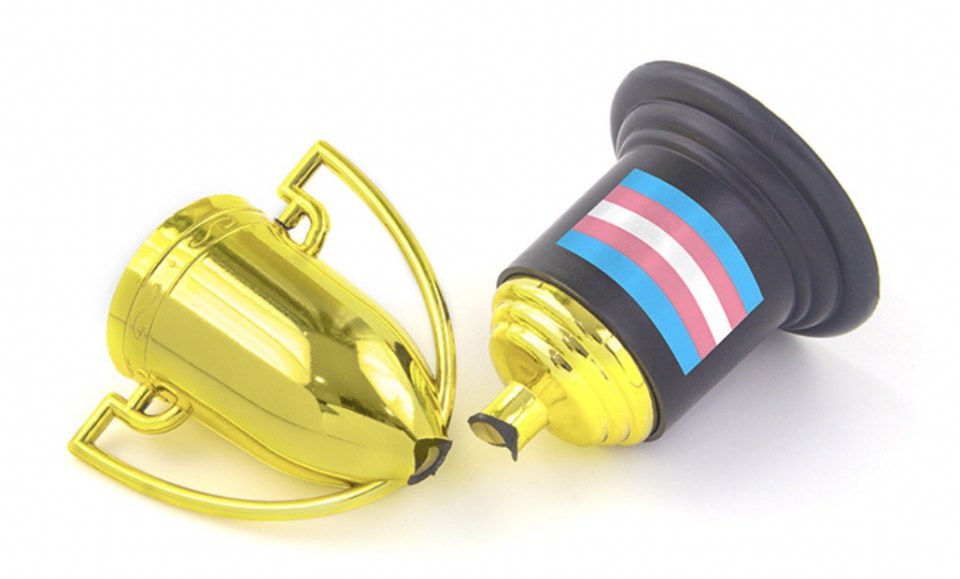Athletic performance is influenced by various factors, including genetics, training, nutrition, and psychological factors. However, one crucial factor that significantly impacts performance is sex. Men and women have physiological differences that affect their athletic abilities, such as muscle mass, bone density, and hormone levels. These differences have resulted in a performance gap between male and female athletes in most sports and have raised questions about the fairness of competition between transgender women and biological women.
Recent legal battles, such as the case between USA Powerlifting and transgender athlete JayCee Cooper, have brought this issue to the forefront. The court ruled that transgender women (biological males) should be allowed to compete against biological women, sparking a debate on the subject. It is important to have open and honest discussions about these uncomfortable topics to promote understanding and find resolutions.
The International Olympic Committee (IOC) has established guidelines for transgender women to compete in the female category. However, these guidelines have faced criticism for not adequately addressing the physiological advantages that transgender women may have over biological women, even with hormone replacement therapy (HRT). Research shows that the performance gap between male and female athletes is not eliminated through HRT, as the physiological advantages gained during and after puberty persist.
Sexual dimorphism, the physical differences between males and females, plays a significant role in the performance gap. Men generally have larger muscle mass, greater bone density, higher testosterone levels, and other physiological advantages that contribute to their athletic performance. These differences are not easily reversed through HRT, and transgender women may still retain some of these advantages over biological women.
To ensure fairness in competition, it may be necessary to consider creating a separate category for transgender athletes. This would promote inclusivity while acknowledging the physiological differences between male, female, and transgender athletes. Further research and open dialogue are essential to find the best solutions that uphold the principles of fairness and inclusivity in sports.

